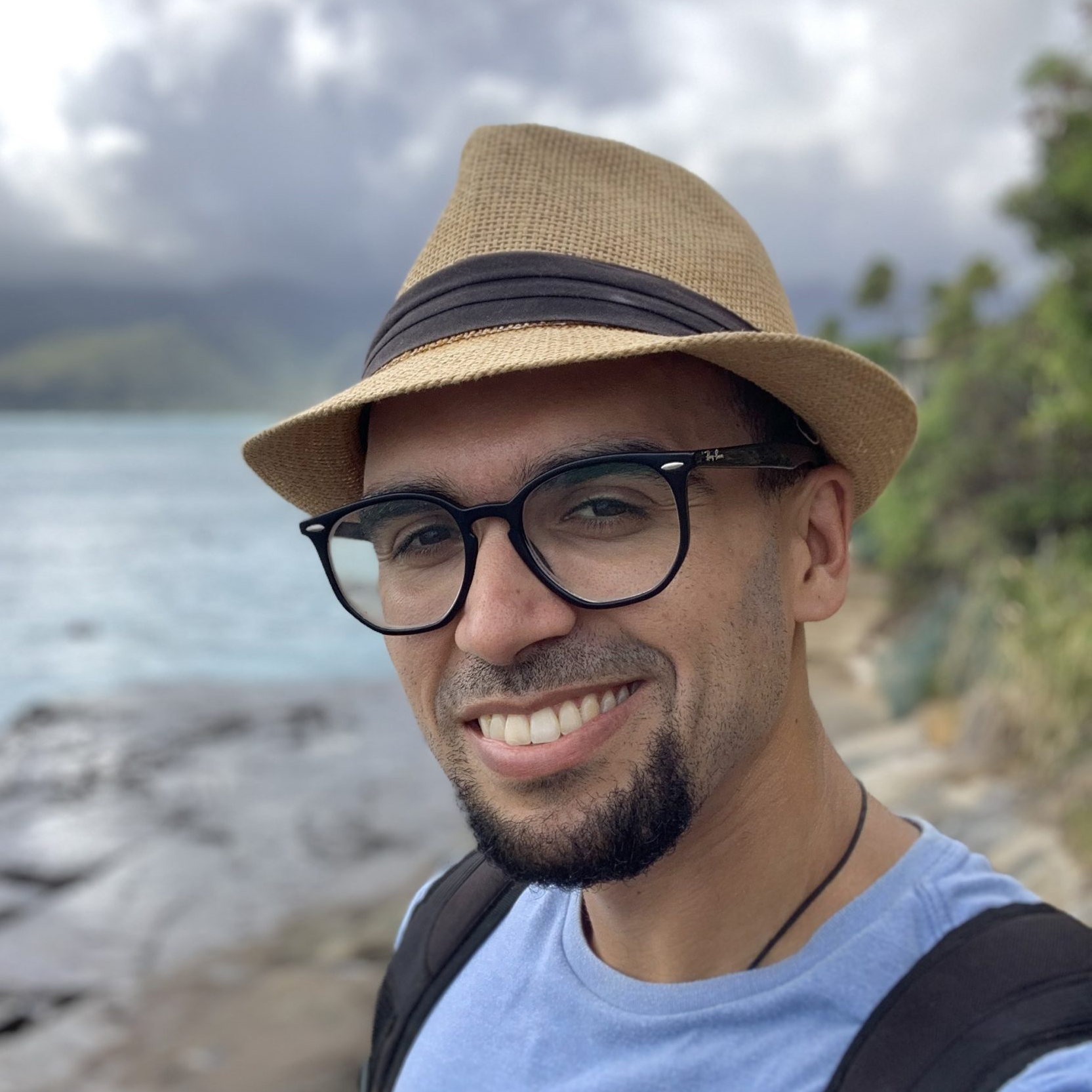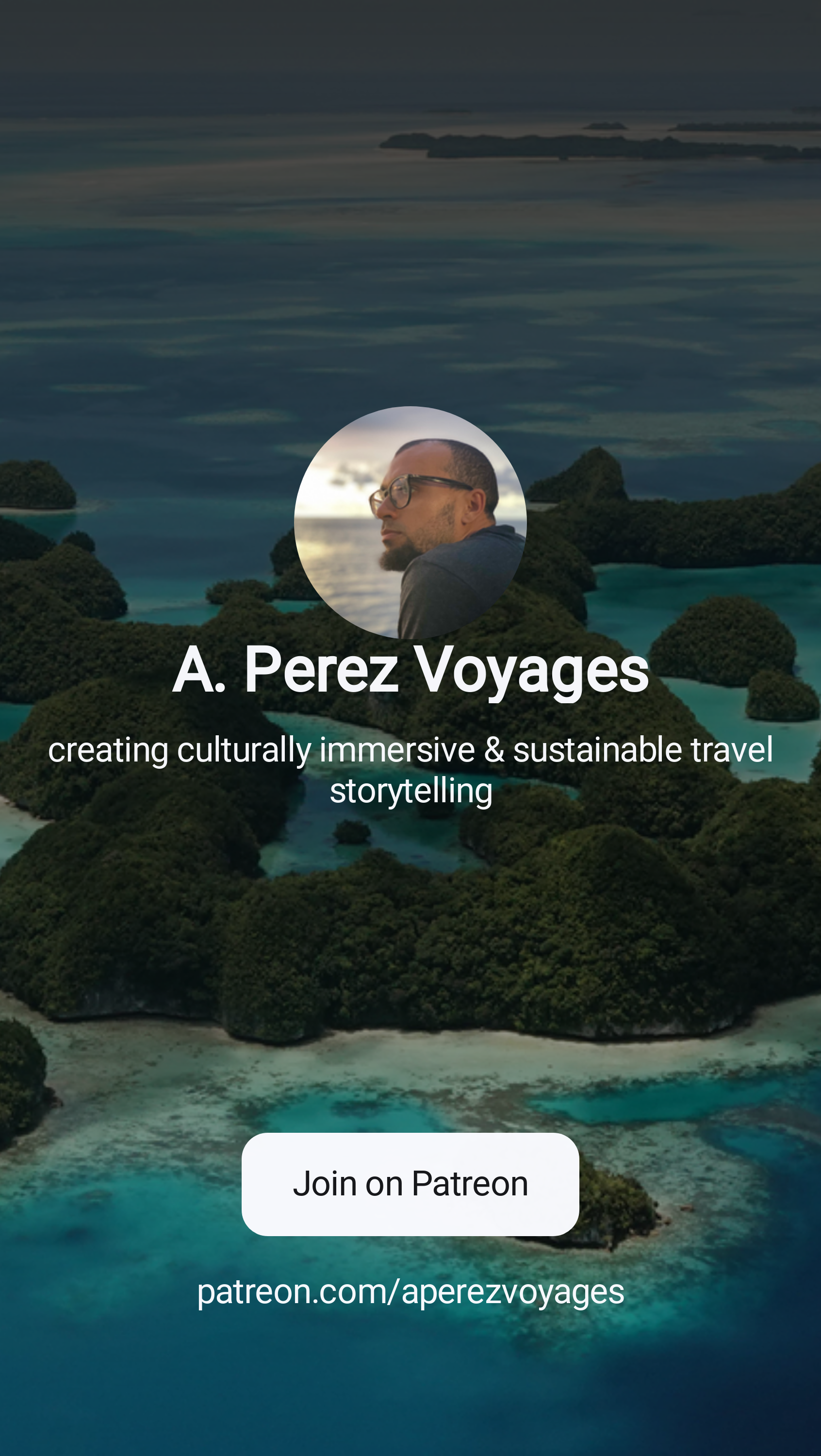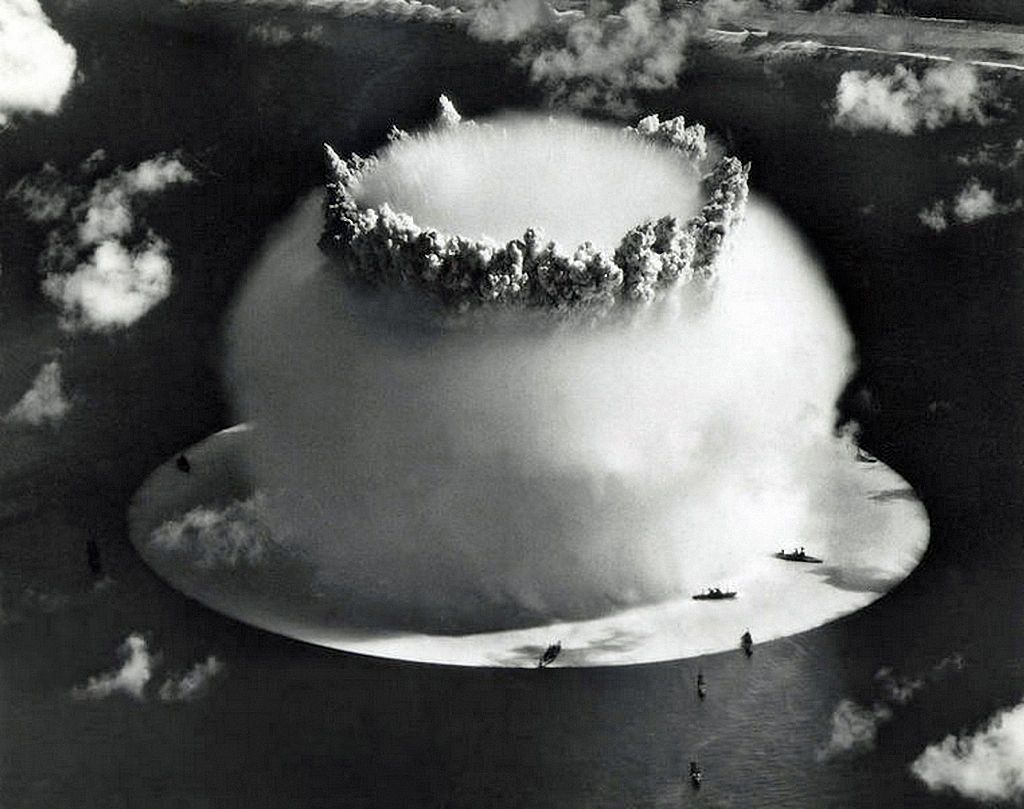
I’m pretty sure you’re familiar with this image! Pretty incredible right? You’ve probably seen historic footage of nuclear testing done on an isolated tropical landscape in movies. What if I told you that behind the layers of those man made marvels of destruction came at a severe cost to an entire population of people and landscape.
Let’s go to the Marshall Islands:
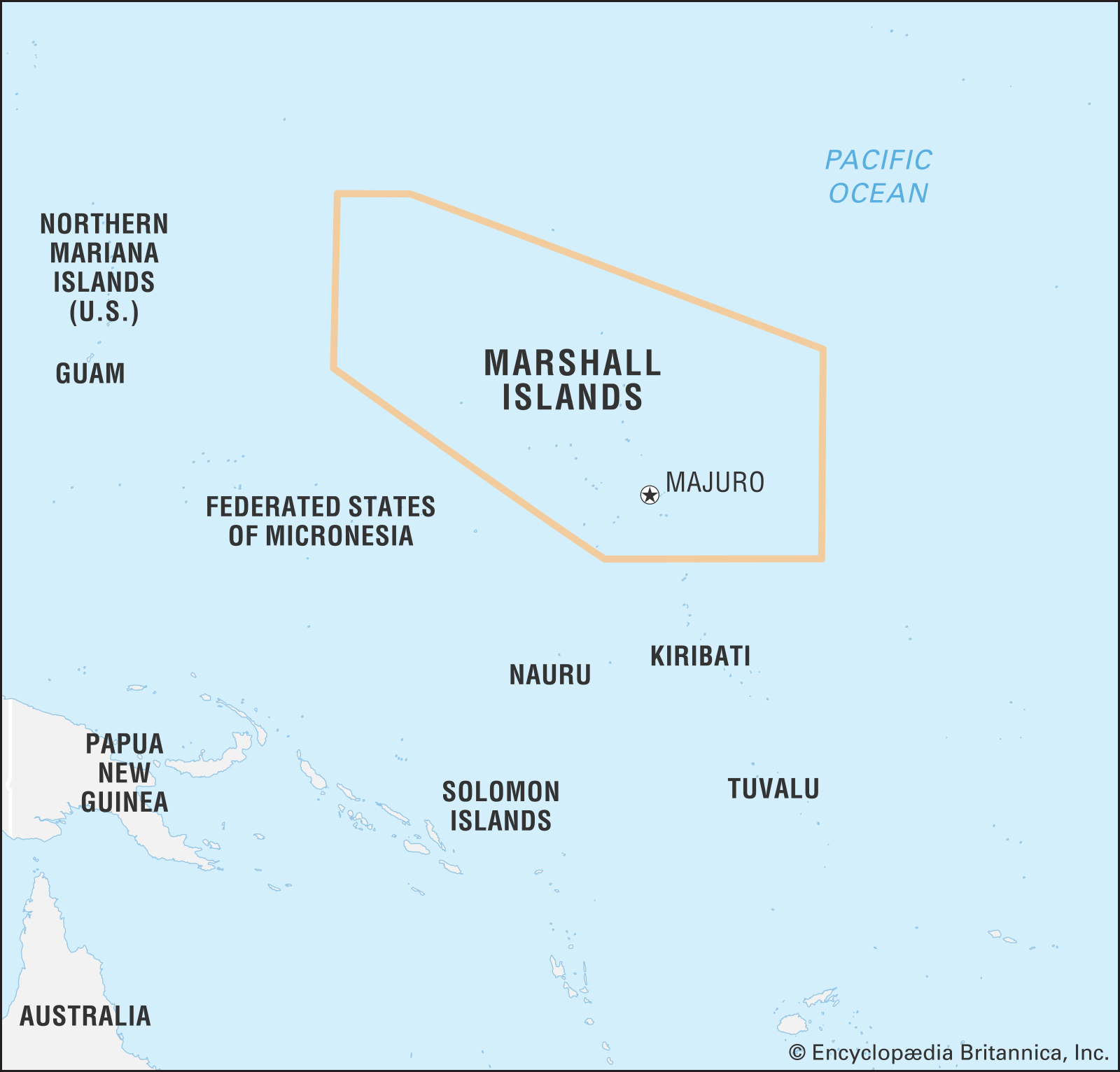
About Bikini Atoll
Bikinis are a name known worldwide as exotic swimwear. But the name ‘bikini;’ actually comes from a coral atoll in the Central Pacific island nation of the Marshall Islands. Bikini atoll is one of a number of coral atolls in the far north of the Marshallese island chain and what was home to many native Marshallese people. It was lush, green and full of vegetation and sea life to live off of. Until the US military came…
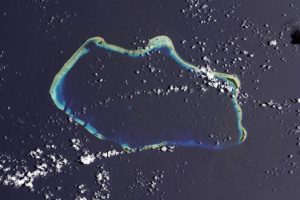
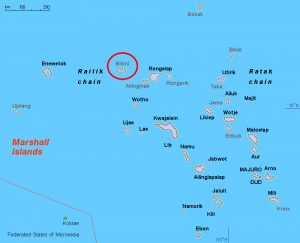
When Nuclear Testing Occurred and How Long
After the conclusion of the second World war and having had successfully dropped two atomic warheads on Japan, the Marshall islands became the testing ground for these destructive weapons. The two islands of Rongelap and Bikini were the chosen isolated candidates for these new deadly and unlearned of weaponry. From 1946-1958, Bikini atoll was home to some of the most destructive nuclear testing in the history of the world having decimated the landscape and marine life within the atoll and for miles in the surrounding area. Operation Castle Bravo (1954), the largest nuke ever detonated in American history, was so destructive that the military nearly destroyed their own facilities and irradiated their own men. The fallout affected a Japanese fishing boat killing one and making the crew severely ill from radiation poisoning. Crazy enough, the fallout was detected in Australia, the US, Europe & numerous places around the world. Sadly, the testing didn’t stop on Bikini for another four years.
WAIT A MINUTE….what about the people that lived there?
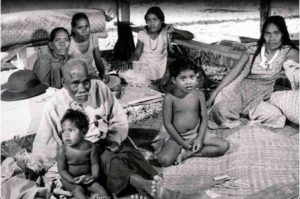
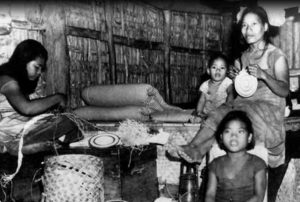
Relocation of Bikinians
When it comes to the US military needing a space and testing grounds for weaponry, there is no doubt that the very people that inhabit the area gotta go. Sadly, that became the fate of the Bikinian natives of Bikini atoll. The US navy presented Bikinians a plan to relocate them and promised a great new life ahead while they use their island for the “greater good of the world”. Imagine the military coming into your home needing it for reasons deemed necessary. They promise you a good new home and a bus awaits you. You get on the bus and it take you to a small field with barely any food to thrive on. Turn on the tv and see your home burned to the ground. Yea…!
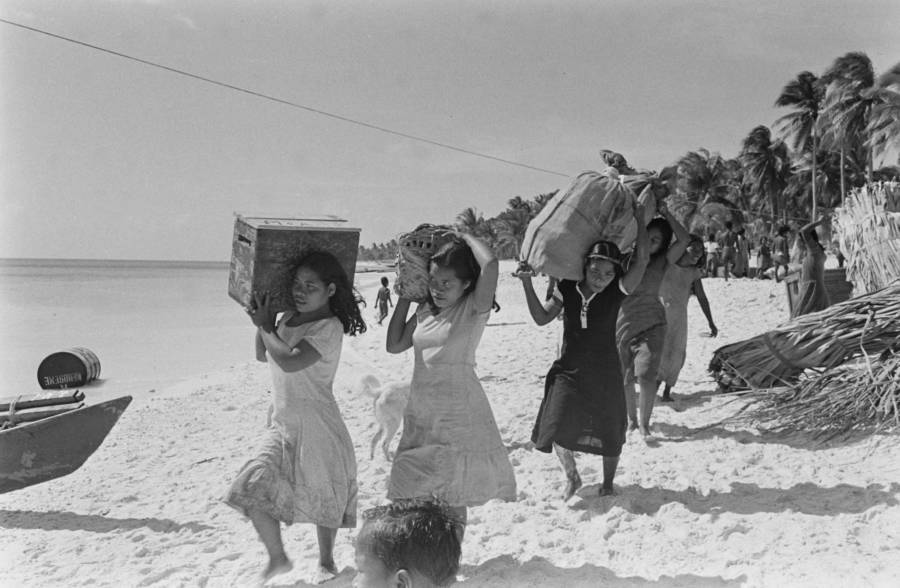
Bikinians relocated many times across the Marshall Islands over the course of…well til now. They were first brought to Kwajalein island where there is a US base to this day and is said to be the worst conditions faced by Bikinians. Placed along a slim patch of grass with no actual place to call home. Kili atoll was and is still home to the largest number of Bikinians yet this island too had a number of issues. Food shortages, frequent flooding from king tides, and poor anchorage for ships meaning, less chances of goods arriving. While Bikinians can also be found on other islands, the next population can be found on a Majuro islet called Ejit, and island I stumbled upon during my time on the capital atoll.
What Is Ejit Islet?
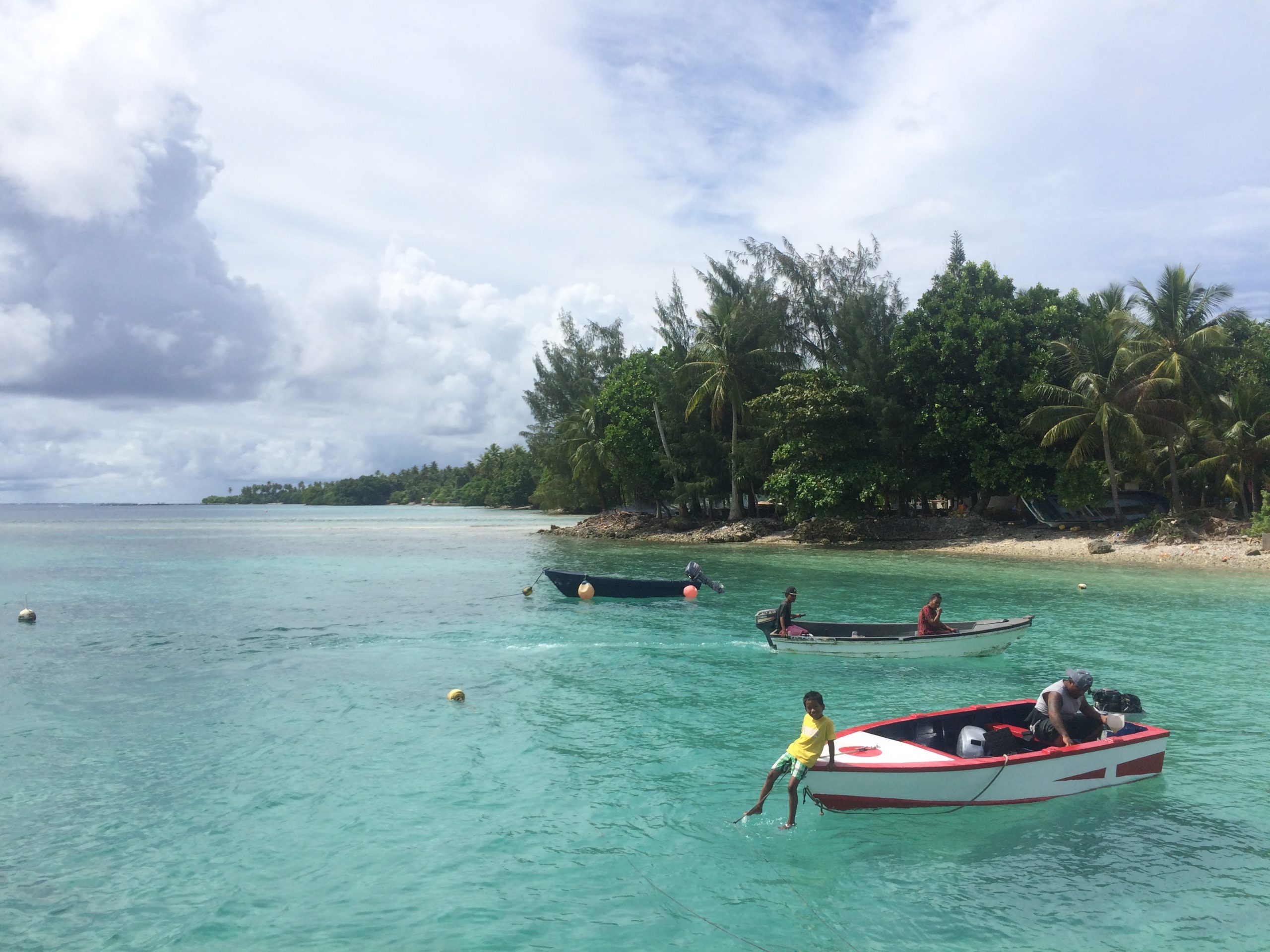
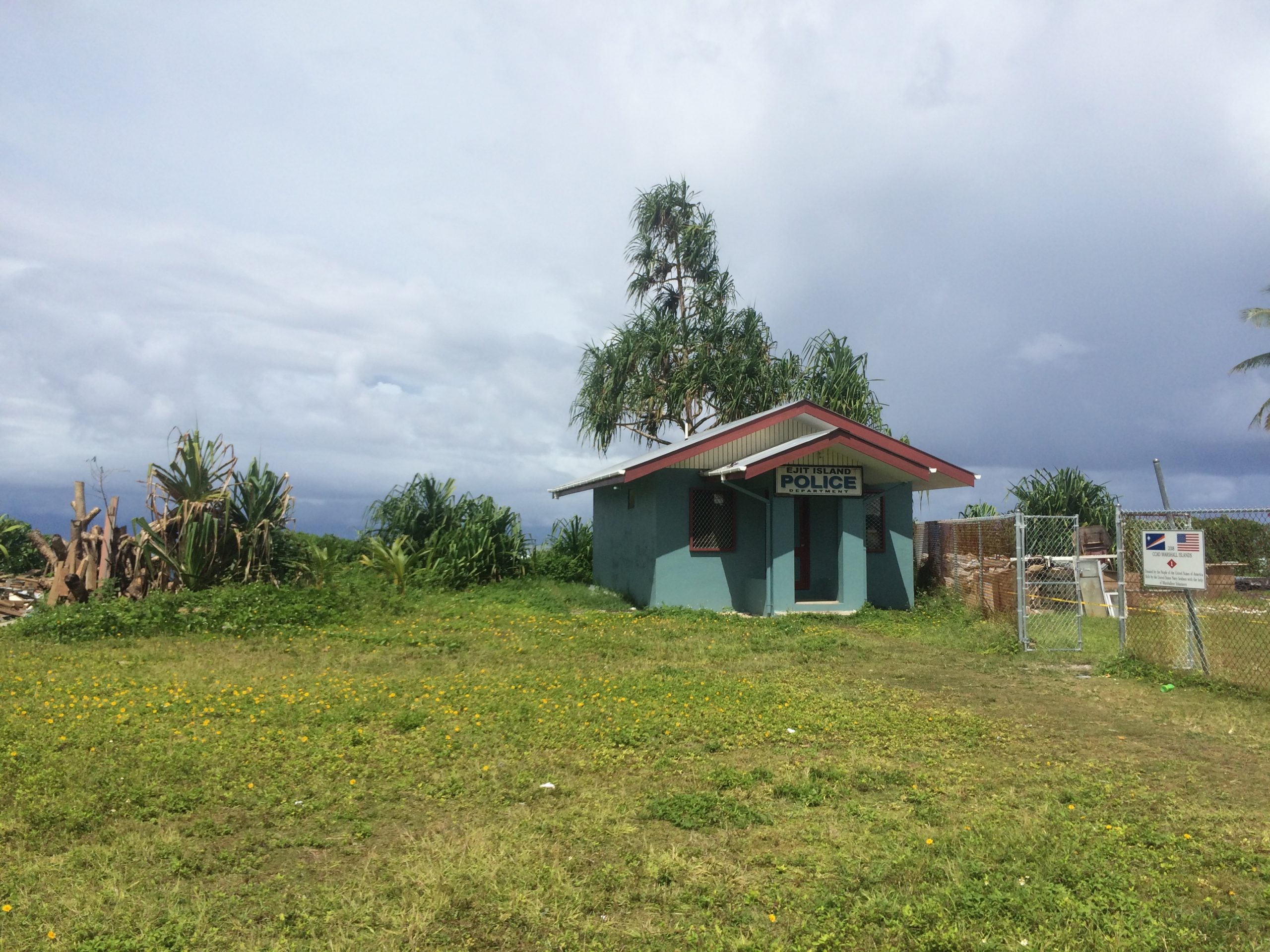
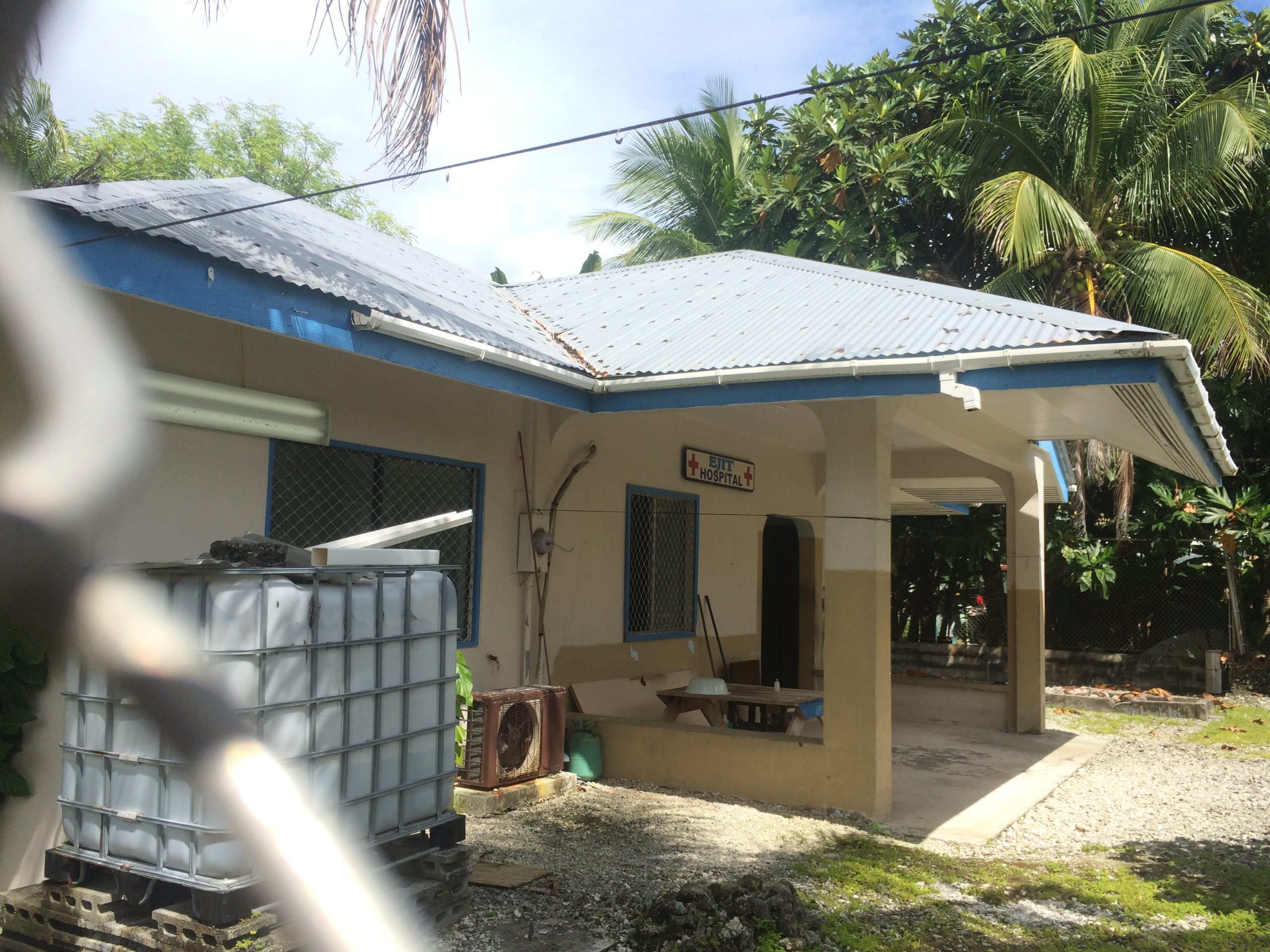
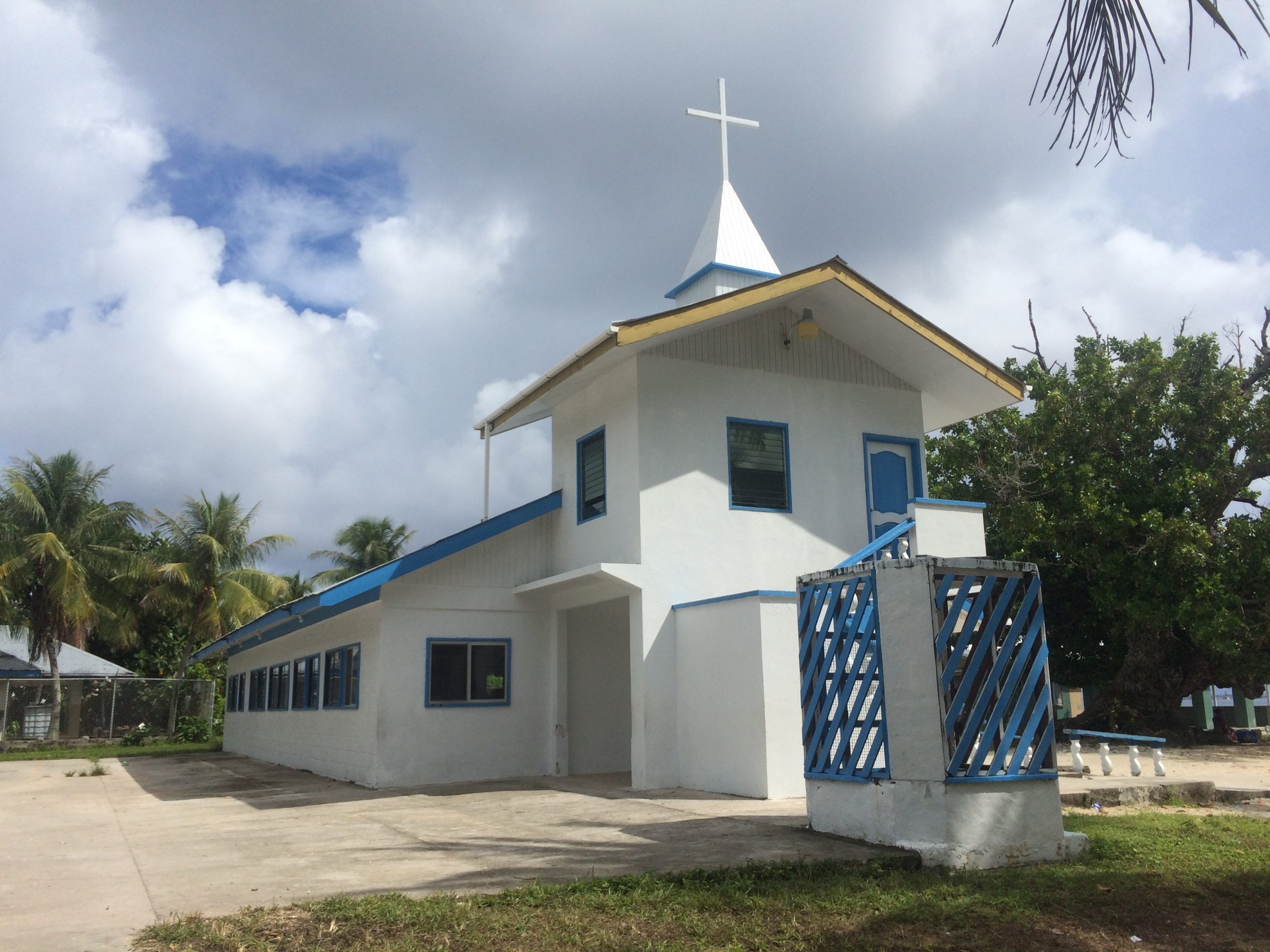
Ejit is one of many islets near the eastern end of Majuro’s main island. When I took a ride to the eastern most end by car, I noticed a couple of small boats going in and out of a location near where I was. As the adventure that I am, I went over and decided to take the ride too. This allowed me to land on the small islet I would later learn to be called Ejit. Walking around the small island I discovered a small church, small hospital, even small police station. Most intriguing was a small school that was being renovated by the US military.
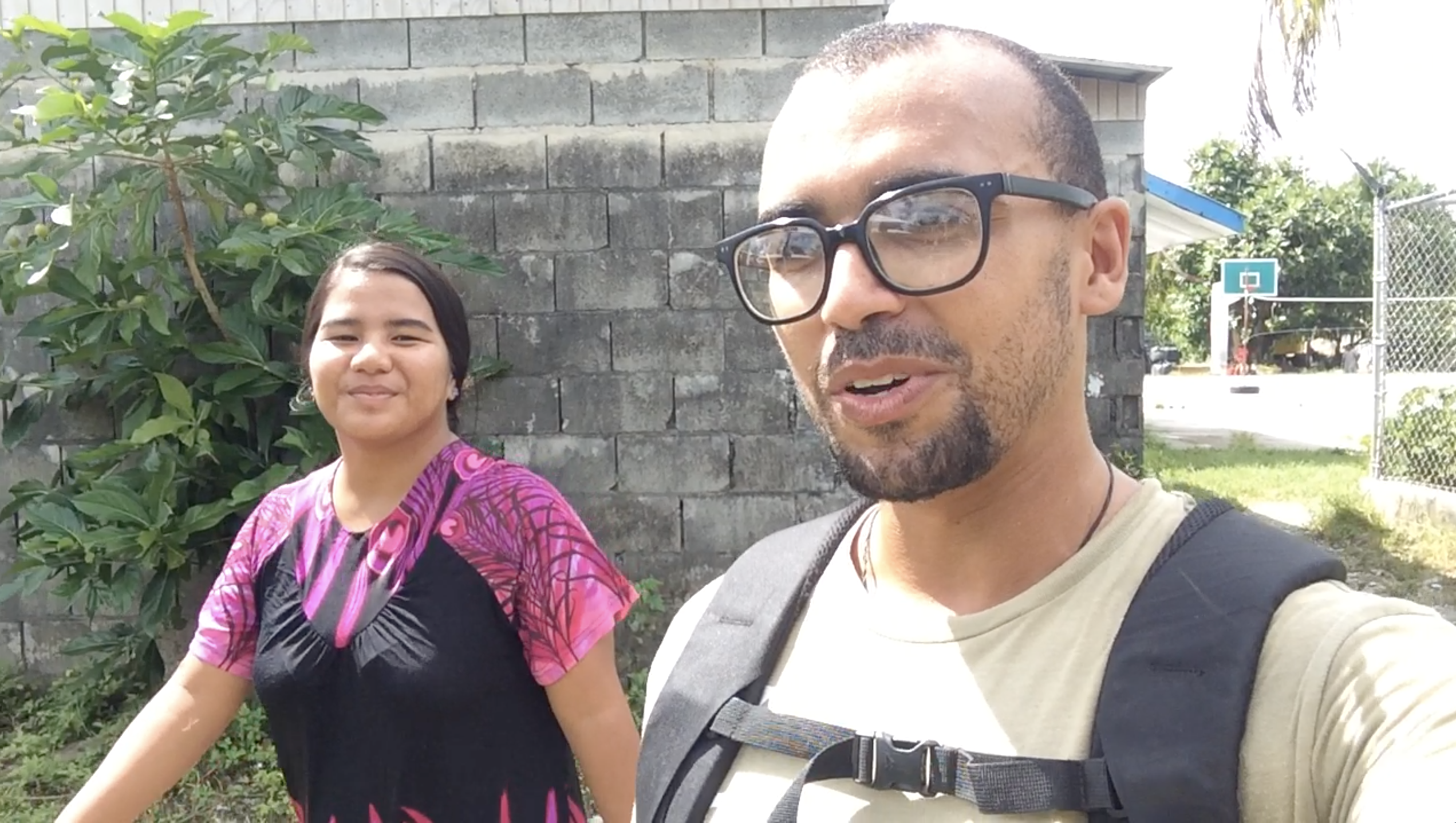
But the best experience of my very short time there, I was being greeted by a young local girl and being offered a jumbo (assuming that’s how it’s spelled), show around the island. And our discussion while walking around the island I would eventually find out at the island I was on has a great significance and connection to the very island that was obliterated by the US military in the height of nuclear testing, Bikini Atoll. Ejit is currently home to many native Bikinians or at this point, descendants of Bikini. Her grandfathers’ testimony of relocation and learning of his home being destroyed over and over again by fire, was bone chilling.
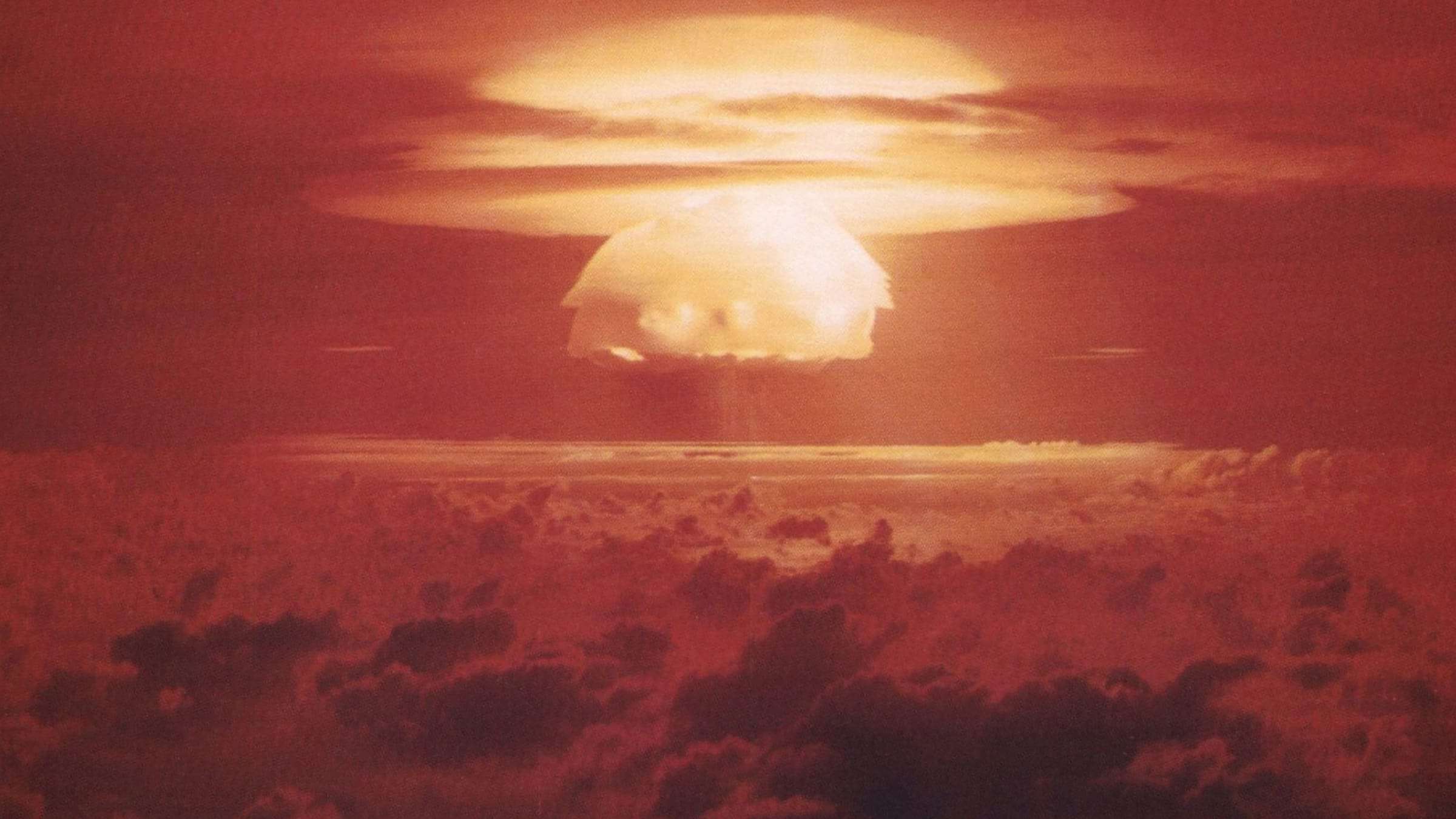
Bikini Atoll & People Today
75 years ago Bikini atoll was evacuated and the worlds first nuclear test post World War was conducted displacing native peoples for decades. Not only can Bikinians be found on the islands I mentioned in this post, but can be found here in Hawaii as well as the U.S. mainland. Unfortunatly, Bikinians struggle with an identity crisis as very little of their culture is remains intact being that the people were displaced beginning in the 1940s. Today, Climate change ravages across the low lying Pacific islands with frequent storms and king tides.
But what is most heart breaking is the question on whether or not Bikinians can return home or not. In the 70’s and 80’s, there were attempts to resettle the island until it was discovered that radiation had affected some of the families living there. Bikini Atoll currently has a diving center and a number of geologists studying the area. But is still to this day, uninhabitable due to high levels of radiation in the soil and in the water, leaving no hope for many more years to come.

